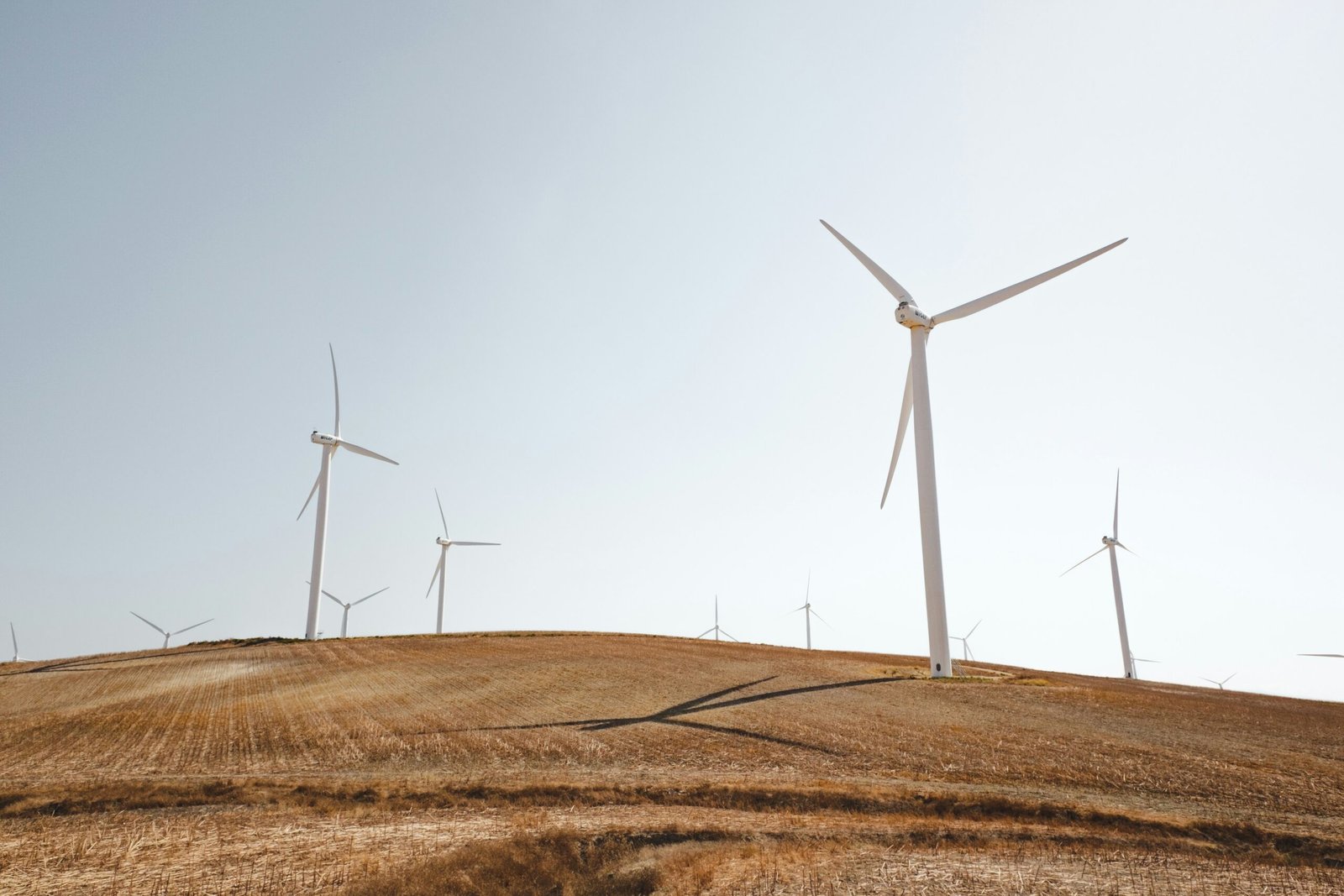Introduction
Electricity is an essential part of our daily lives. From powering our homes to fueling industries, it plays a crucial role in our modern society. However, the sources of electricity are not created equal. In this article, we will explore different electricity sources and discuss the importance of promoting diversification and quality in our energy production.
Fossil Fuels
One of the most common sources of electricity is fossil fuels, such as coal, oil, and natural gas. These resources have been relied upon for decades due to their abundance and affordability. However, they come with significant environmental drawbacks. The burning of fossil fuels releases harmful greenhouse gases into the atmosphere, contributing to climate change and air pollution.
Renewable Energy
To address the environmental concerns associated with fossil fuels, the world has been shifting towards renewable energy sources. These sources include solar, wind, hydro, and geothermal power. Unlike fossil fuels, renewable energy is derived from natural processes that are constantly replenished. They have a significantly lower carbon footprint and offer a more sustainable solution for meeting our energy needs.
Solar Power
Solar power harnesses the energy from the sun using photovoltaic cells. It is a clean and abundant source of electricity. By installing solar panels on rooftops or in solar farms, we can generate electricity without producing greenhouse gas emissions. Solar power is particularly suitable for regions with ample sunlight, making it an attractive option for many countries.
Wind Power
Wind power utilizes the kinetic energy of the wind to generate electricity. Large wind turbines, often found in wind farms, capture the wind’s energy and convert it into electrical power. Wind power is a rapidly growing source of renewable energy and has the potential to provide a significant portion of our electricity needs. It is a clean and abundant resource, with minimal environmental impact.
Hydropower
Hydropower relies on the force of flowing or falling water to generate electricity. It is one of the oldest and most widely used renewable energy sources. By building dams and reservoirs, we can control the flow of water and use it to turn turbines, which then generate electricity. Hydropower is a reliable and efficient source of energy, but it can have environmental impacts on aquatic ecosystems and local communities.
Geothermal Power
Geothermal power taps into the Earth’s internal heat to produce electricity. It involves harnessing the steam or hot water reservoirs beneath the Earth’s surface. Geothermal power plants are typically located in areas with high geothermal activity, such as geysers or hot springs. This source of energy is renewable and emits minimal greenhouse gases, making it an environmentally friendly option.
Promoting Diversification and Quality
While renewable energy sources offer a more sustainable future, it is essential to promote diversification and quality in our energy production. Relying too heavily on a single source of electricity can lead to vulnerabilities and potential disruptions in the power supply. By diversifying our energy mix, we can reduce dependence on any single source and ensure a more resilient and reliable energy system.
Promoting quality in electricity sources involves investing in advanced technologies, improving efficiency, and minimizing environmental impacts. Continuous research and development are key to enhancing the performance and reliability of renewable energy sources. Additionally, integrating energy storage solutions can help overcome the intermittent nature of some renewable sources, ensuring a stable power supply even during periods of low generation.
Engaging and Monitoring Analytics
To drive the transition towards a more sustainable energy future, it is crucial to engage and educate the public about the benefits of diversifying our electricity sources. By raising awareness and promoting the advantages of renewable energy, we can encourage individuals, businesses, and policymakers to support clean energy initiatives.
Monitoring analytics is also essential in evaluating the effectiveness of our energy strategies. By analyzing data on energy consumption, generation, and emissions, we can identify areas for improvement and make informed decisions. This data-driven approach allows us to optimize our energy systems, reduce costs, and minimize our environmental footprint.
Conclusion
Promoting diversification and quality in our electricity sources is vital for a sustainable and resilient energy future. By embracing renewable energy and reducing our reliance on fossil fuels, we can mitigate climate change, improve air quality, and ensure a more reliable power supply. Engaging the public and monitoring analytics are essential components of this transition. Let us work together to create a cleaner and brighter future for generations to come.



